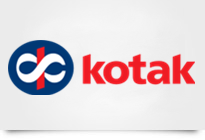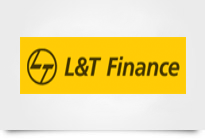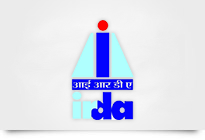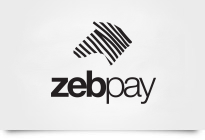The OWASP Top 10 is a standard awareness document for developers and web application security. It represents a broad consensus about the most critical security risks to web applications. The document is updated every three years to reflect the changing threat landscape.
The latest version of the OWASP Top 10, released in 2021, includes the following security risks:
- Broken Access Control – This is the most critical security risk, and it occurs when attackers are able to gain unauthorized access to sensitive data or resources.
- Cryptographic Failures – This risk occurs when cryptographic algorithms or implementations are not used correctly, which can lead to data being compromised.
- Injection – This risk occurs when untrusted data is injected into an application, which can be used to execute malicious code or steal data.
- Insecure Design – This risk occurs when applications are not designed with security in mind, which can lead to vulnerabilities that are difficult to detect and exploit.
- Security Misconfiguration – This risk occurs when applications are not configured securely, which can leave them open to attack.
- Vulnerable and Outdated Components – This risk occurs when applications use components that are vulnerable to attack, or that are not up to date with the latest security patches.
- Identification and Authentication Failures – This risk occurs when users are not properly authenticated, which can allow attackers to impersonate them and gain unauthorized access.
- Software and Data Integrity Failures – This risk occurs when data is not protected from unauthorized modification, which can lead to data loss or corruption.
- Security Logging and Monitoring Failures – This risk occurs when applications do not log and monitor security events, which can make it difficult to detect and respond to attacks.
- Server-Side Request Forgery (SSRF) – This risk occurs when an attacker can trick an application into making a request to a malicious server, which can be used to steal data or launch attacks.
The OWASP Top 10 is a valuable resource for developers and security professionals who want to improve the security of their web applications. The document provides a comprehensive overview of the most critical security risks, as well as recommendations for how to mitigate them.
History of OWASP Top 10 Web Application Security Risks
The OWASP Top 10 has been updated five times since its first release in 2003. The changes over time reflect the evolving threat landscape and the growing sophistication of attackers.
The first version of the OWASP Top 10 focused on the most common security risks at the time, such as cross-site scripting (XSS) and SQL injection. The second version, released in 2004, added new risks such as insecure authentication and session management.
The third version, released in 2007, introduced the concept of security misconfiguration as a top security risk. The fourth version, released in 2013, added new risks such as broken object level authorization and using components with known vulnerabilities.
The fifth and latest version, released in 2021, includes the new risk of insecure design and consolidates several risks from previous versions.
The OWASP Top 10 is a valuable resource for anyone who wants to improve the security of their web applications. The document is regularly updated to reflect the changing threat landscape, so it is important to stay up-to-date with the latest version.
In addition to the OWASP Top 10 for Web Application Security Risks, there is also a OWASP Mobile Top 10 Security Issues.











